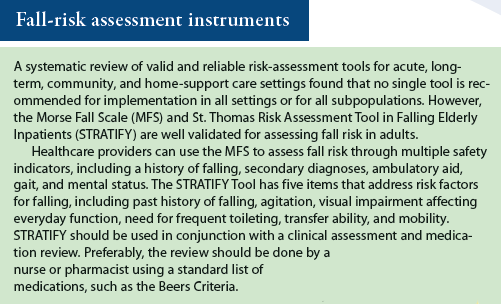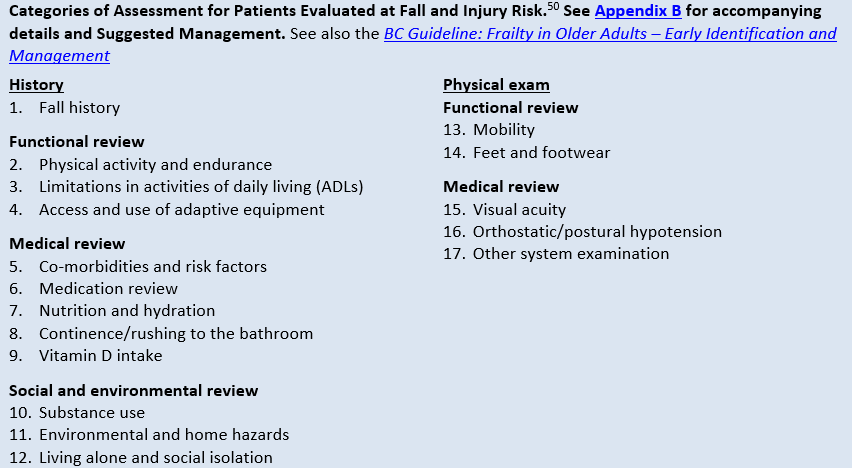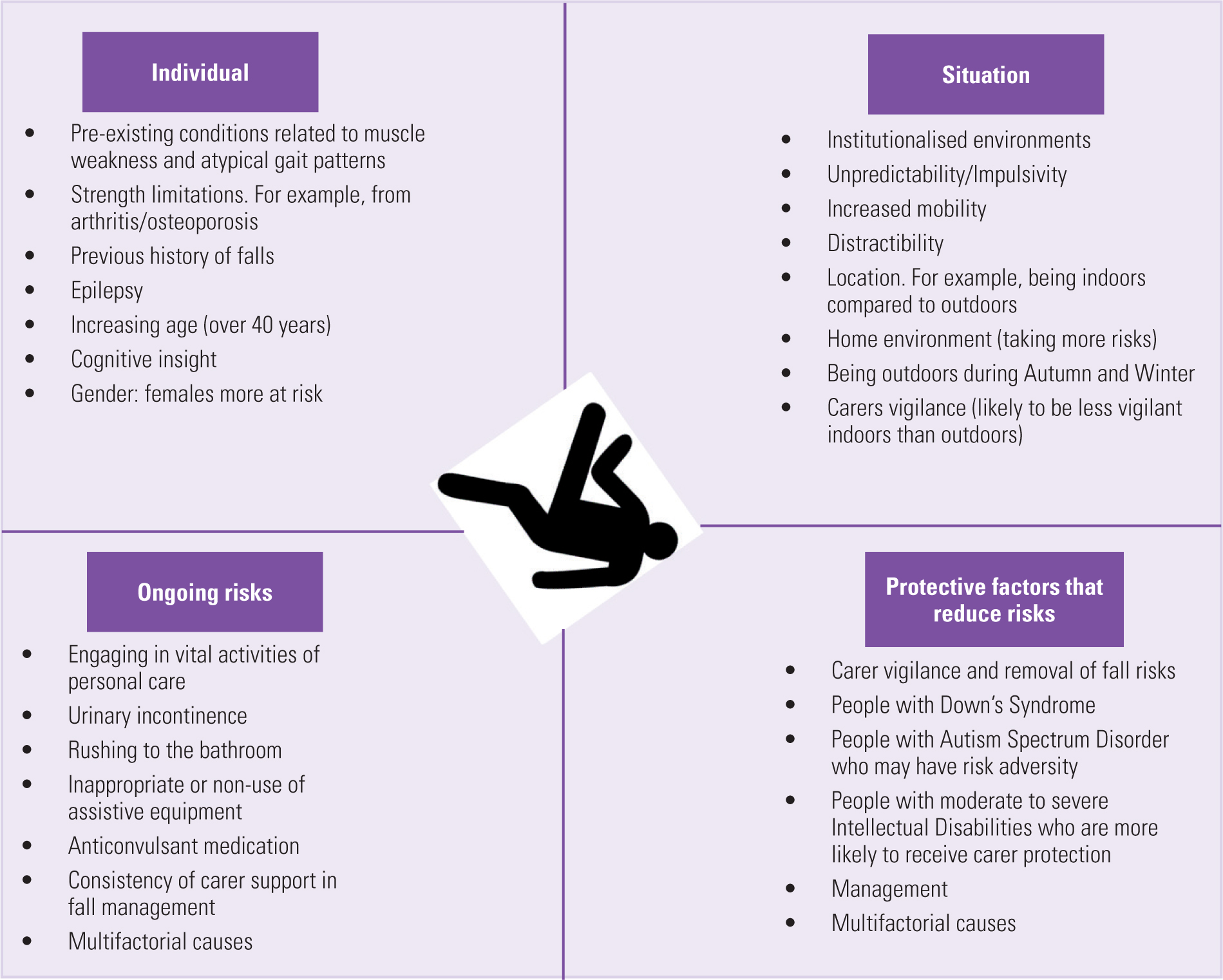The Best Strategy To Use For Dementia Fall Risk
Table of ContentsNot known Incorrect Statements About Dementia Fall Risk All About Dementia Fall RiskSee This Report on Dementia Fall RiskThe Definitive Guide to Dementia Fall Risk
A fall threat assessment checks to see how most likely it is that you will fall. It is primarily provided for older grownups. The assessment normally includes: This consists of a series of concerns about your overall health and wellness and if you've had previous drops or problems with equilibrium, standing, and/or strolling. These devices evaluate your strength, equilibrium, and gait (the means you walk).STEADI includes testing, analyzing, and treatment. Treatments are recommendations that may lower your danger of falling. STEADI includes 3 steps: you for your danger of falling for your danger variables that can be improved to try to stop drops (for instance, equilibrium problems, damaged vision) to reduce your risk of falling by utilizing efficient strategies (for instance, providing education and learning and sources), you may be asked several questions consisting of: Have you fallen in the past year? Do you really feel unstable when standing or strolling? Are you fretted about falling?, your provider will certainly evaluate your toughness, equilibrium, and gait, using the following loss analysis devices: This test checks your gait.
Then you'll rest down again. Your copyright will certainly check how much time it takes you to do this. If it takes you 12 secs or more, it may mean you go to higher risk for a loss. This test checks stamina and equilibrium. You'll sit in a chair with your arms went across over your upper body.
Move one foot halfway forward, so the instep is touching the large toe of your various other foot. Relocate one foot fully in front of the other, so the toes are touching the heel of your other foot.
The Dementia Fall Risk Statements
Most falls take place as an outcome of numerous contributing factors; therefore, taking care of the danger of falling starts with determining the aspects that add to drop danger - Dementia Fall Risk. Some of the most relevant threat elements consist of: History of previous fallsChronic clinical conditionsAcute illnessImpaired stride and balance, lower extremity weaknessCognitive impairmentChanges in visionCertain high-risk drugs and polypharmacyEnvironmental variables can additionally enhance the risk for drops, including: Insufficient lightingUneven or damaged flooringWet or slippery floorsMissing or harmed hand rails and get barsDamaged or poorly fitted tools, such as beds, wheelchairs, or walkersImproper use assistive devicesInadequate supervision of the individuals living in the NF, consisting of those that exhibit aggressive behaviorsA effective fall threat management program calls for a detailed clinical analysis, with input from all members of the interdisciplinary team

The care plan ought to additionally consist of treatments that are system-based, such as those that advertise a safe environment (ideal lighting, hand rails, get bars, and so on). The efficiency of the treatments should be evaluated regularly, and the treatment plan changed as needed to show modifications in the fall risk evaluation. Implementing an autumn risk monitoring system using evidence-based ideal method can reduce the frequency of falls in the NF, while restricting the possibility for fall-related injuries.
9 Simple Techniques For Dementia Fall Risk
The AGS/BGS standard recommends screening all adults matured 65 years and older for loss threat yearly. This testing includes asking people whether they have actually fallen 2 or even more times in the previous year or sought clinical focus for a fall, or, if they have not dropped, whether they feel unsteady when walking.
Individuals that have fallen as soon as without injury needs to have their equilibrium visit here and stride evaluated; those with stride or equilibrium abnormalities should receive additional evaluation. A background of 1 autumn without injury and without stride or balance issues does not require additional analysis past ongoing yearly autumn threat testing. Dementia Fall Risk. A fall risk evaluation is required as part of the Welcome to Medicare assessment

Indicators on Dementia Fall Risk You Should Know
Recording a falls background is one of the high quality indications for autumn prevention and monitoring. An important component of risk evaluation is a medication testimonial. A number of classes of medications enhance autumn danger (Table 2). copyright drugs specifically are independent forecasters of drops. These medicines often tend to be sedating, alter the sensorium, and impair equilibrium and gait.
Postural hypotension can usually be relieved by decreasing the dose of blood pressurelowering drugs and/or quiting medications that have orthostatic hypotension as an adverse effects. Use above-the-knee support hose and copulating the head of the bed elevated may also lower postural reductions in high blood pressure. The advisable aspects of a fall-focused physical exam are revealed in Box 1.

A TUG time higher than or equivalent to 12 seconds recommends high autumn danger. The 30-Second Chair Stand examination analyzes lower extremity toughness and equilibrium. Being incapable to stand up from a chair of knee height without utilizing one's arms indicates boosted autumn risk. The 4-Stage Balance browse around these guys test assesses fixed equilibrium by having the individual stand in 4 positions, each considerably more tough.